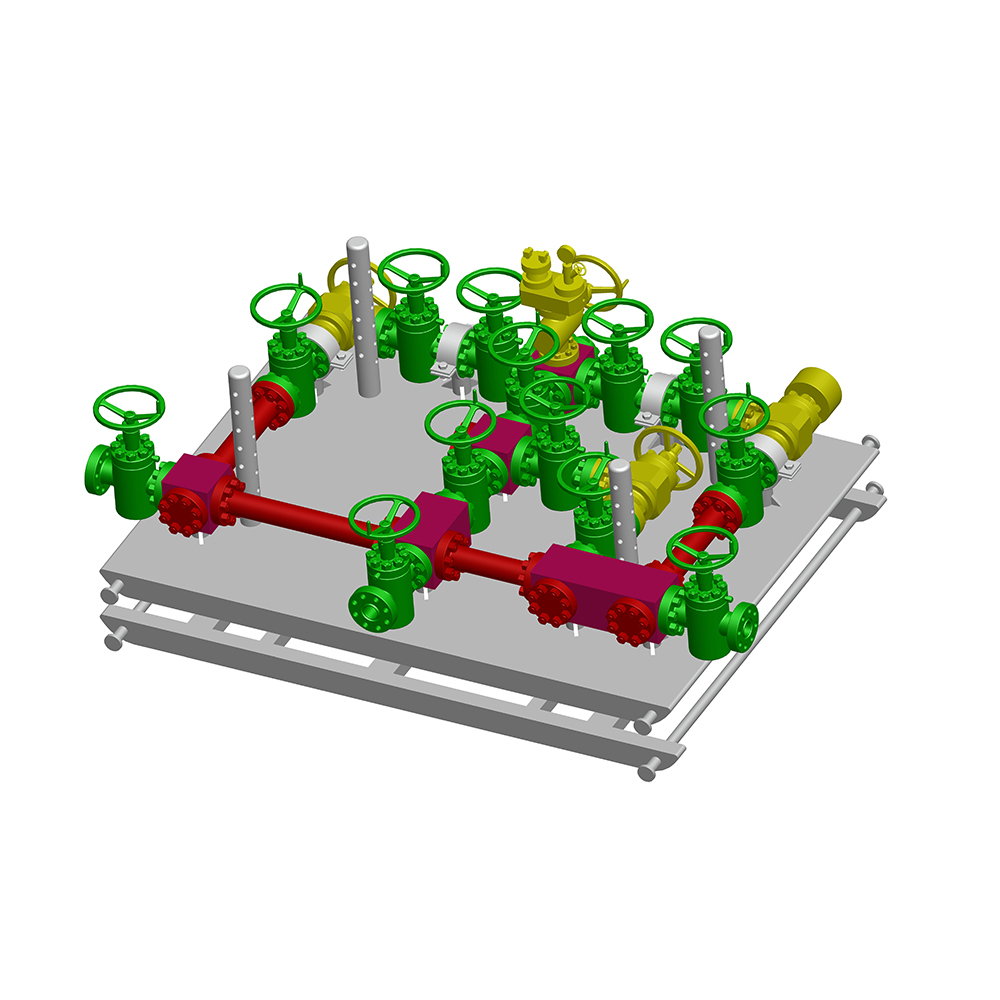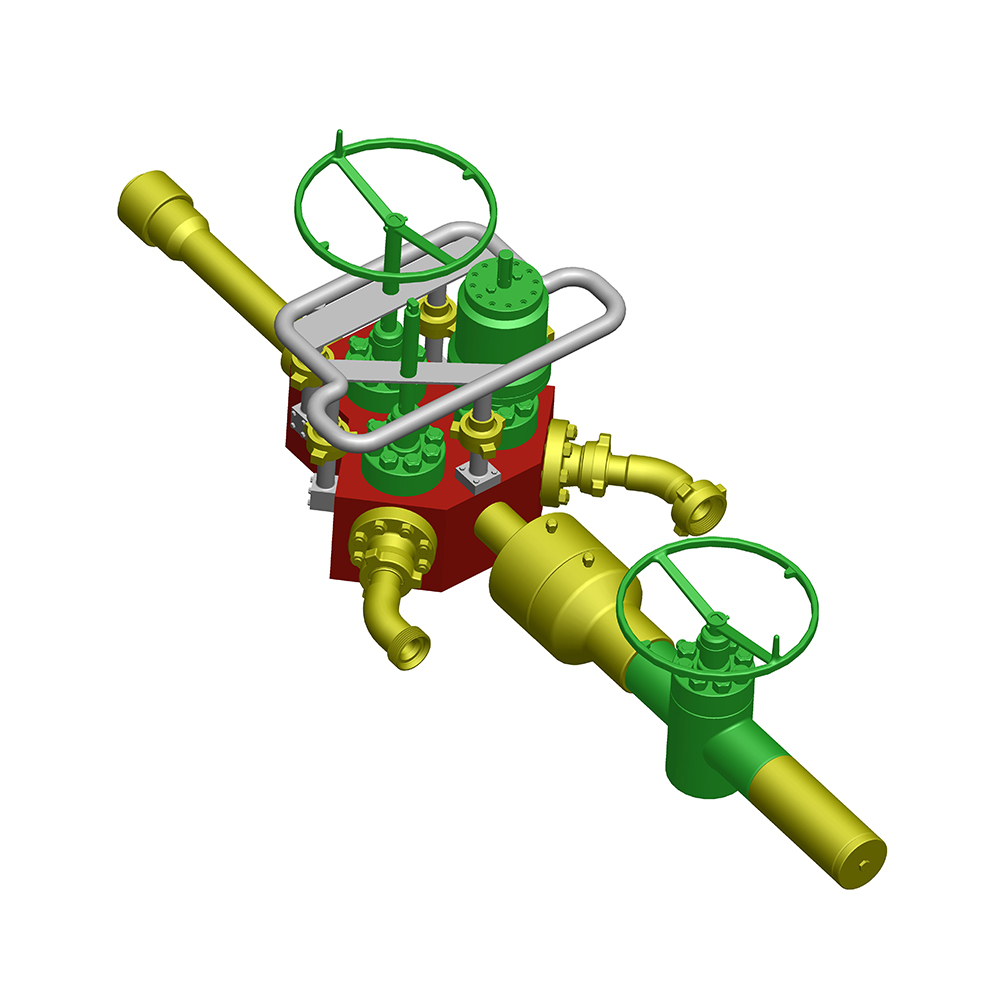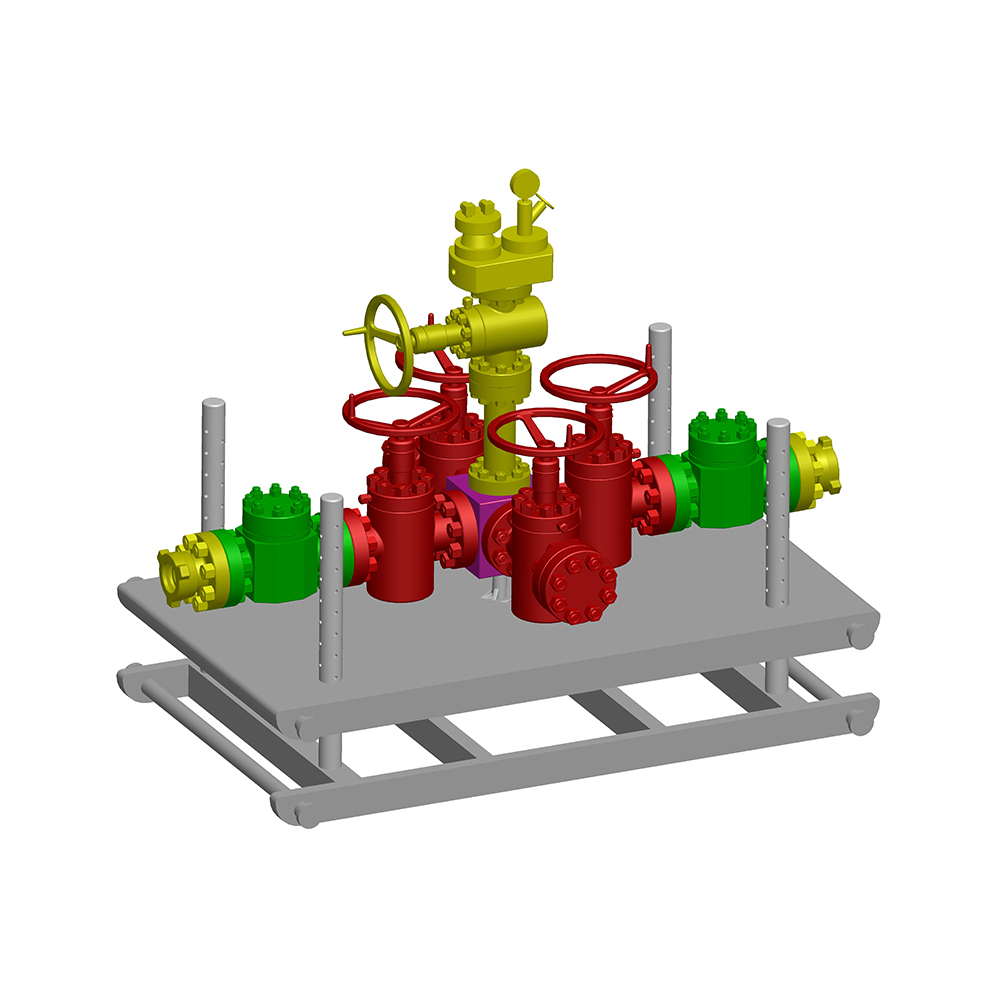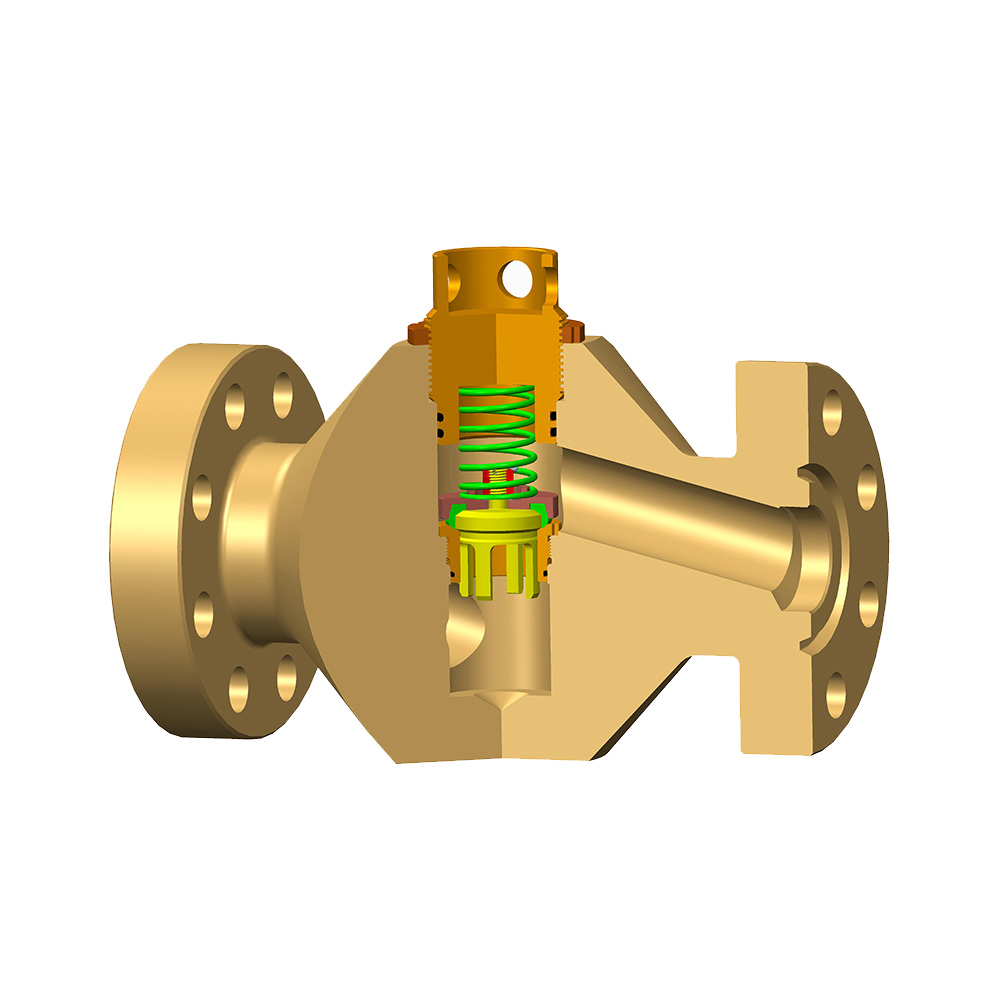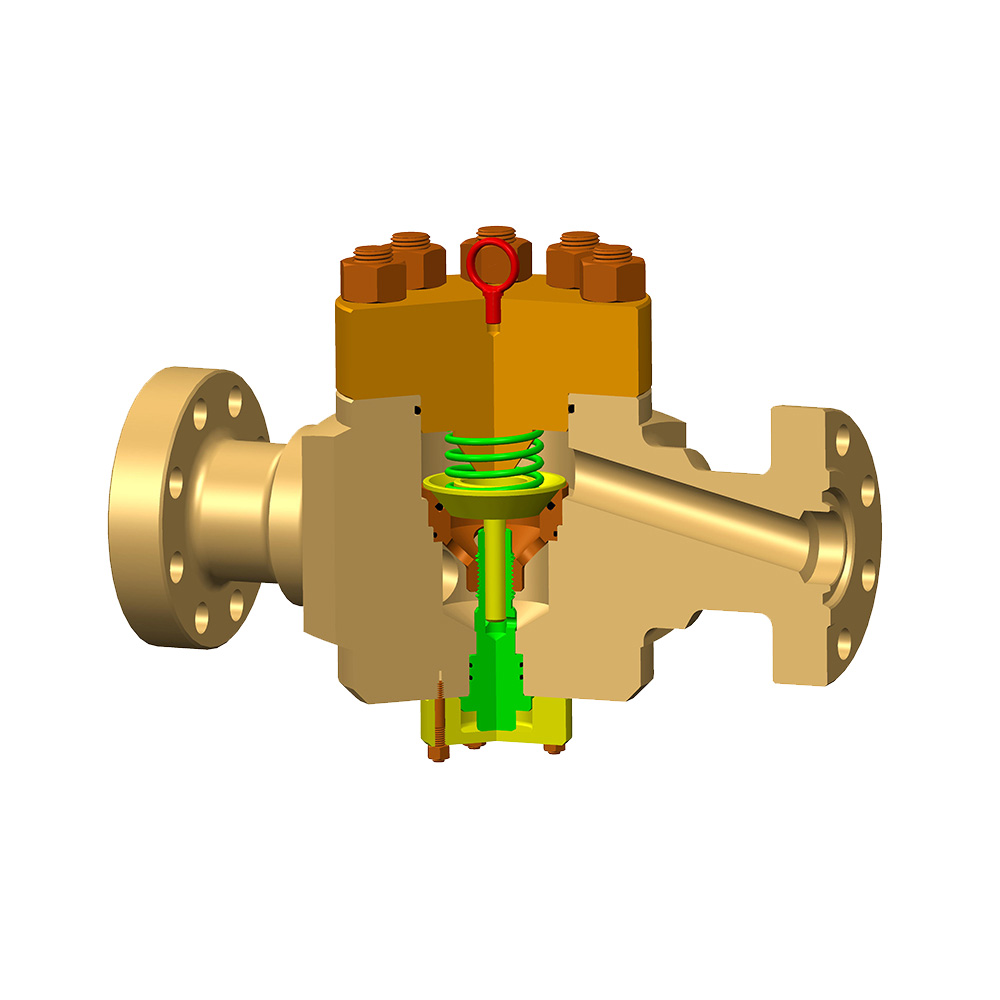Valve for Oilfield play a crucial role in the oil and gas industry, serving as essential components that control the flow and pressure within drilling equipment. They are vital in ensuring the safe and efficient operation of oilfield activities by managing the movement of oil, gas, and other crucial fluids. However, when a valve for oilfield fails, it can lead to severe environmental consequences. Understanding the potential risks associated with valve failures, especially in drilling operations, is vital for preventing catastrophic environmental incidents. Moreover, with the industry's increasing focus on sustainability, the importance of maintaining valve integrity has never been more significant.
The Role of Valves in Oilfield Operations
Valves are integral to oilfield operations, as they regulate, direct, and control the flow of oil, gas, and other fluids. They are employed extensively in drilling equipment, pipelines, and processing facilities, acting as gatekeepers for the safe and controlled movement of resources. A reliable valve ensures that the flow of resources is managed effectively, which is crucial for maintaining operational efficiency and safety. The proper functioning of valves is also a critical factor in preventing uncontrolled releases and ensuring that the environment is safeguarded from potential contaminants.
Different Types of Valves in Oilfields
Oilfields utilize various types of valves, including gate valves, ball valves, check valves, and control valves. Each serves a specific purpose, tailored to the needs of different operational scenarios:
Gate Valves: Used to start or stop the flow of liquid, gate valves are essential for isolating parts of the system during maintenance or emergencies. Their design allows for a straightforward on/off function.
Ball Valves: Known for their tight shut-off capabilities, ball valves are ideal for applications where a quick stop is necessary. They are commonly used where tight sealing is crucial.
Check Valves: These prevent backflow in the system, ensuring that the flow moves in the desired direction and preventing potential contamination or damage to equipment.
Control Valves: These regulate flow and pressure, maintaining balance within the system and adapting to changing operational needs.
These valves must withstand harsh conditions, such as high pressure, temperature fluctuations, and corrosive environments, making quality manufacturing essential. The durability and design of these valves can significantly influence the overall safety and efficiency of oilfield operations.
Causes of Valve Failure
Valve failures can occur due to various reasons, each with the potential to cause significant environmental harm. Understanding these causes is key to implementing effective prevention strategies and ensuring the longevity of oilfield equipment.
Manufacturing Defects
Valves manufactured with substandard materials or poor craftsmanship can lead to premature failure. It's crucial to source valves from reputable manufacturers, such as those specializing in china valve for oilfield production, to ensure durability and reliability. Manufacturing defects can include improper assembly, poor material choice, or inadequate quality control, all of which can compromise valve performance. Choosing a manufacturer known for rigorous testing and adherence to industry standards can significantly mitigate these risks.
Wear and Tear
Over time, valves experience wear and tear due to constant exposure to high pressures and corrosive substances. This natural degradation can weaken valve components, increasing the likelihood of failure. Regular maintenance and inspections are necessary to identify signs of wear before they lead to failure. By proactively replacing worn components and addressing minor issues, operators can prevent more severe failures and extend the lifespan of their equipment.
Improper Installation
Incorrect installation can result in misalignment or inadequate sealing, increasing the risk of leaks or malfunctions. Ensuring that valves are installed by qualified professionals is critical for preventing operational issues. Proper installation not only involves following manufacturer guidelines but also understanding the specific demands of the oilfield environment. Training and certification of installation personnel can play a significant role in reducing installation-related failures.
Environmental Impact of Valve Failures
The failure of a valve in oilfield operations can have dire environmental consequences, ranging from localized spills to widespread ecological damage. These incidents can tarnish a company's reputation, incur significant financial penalties, and cause irreversible harm to ecosystems.
Oil Spills
A malfunctioning valve can cause oil to spill into the surrounding environment, leading to contamination of soil and water bodies. Oil spills are notoriously difficult to clean and can have long-lasting effects on marine and terrestrial ecosystems. The presence of oil in the environment can suffocate wildlife, destroy habitats, and disrupt food chains. Moreover, the cleanup process itself can be disruptive and costly, often requiring extensive resources and time.
Gas Leaks
Valves that fail to seal properly can lead to gas leaks, which pose significant fire and explosion risks. Escaping gases can also contribute to air pollution and climate change, as many gases used in oilfield operations are potent greenhouse gases. The release of methane, for instance, can have a much higher impact on global warming than carbon dioxide. Gas leaks not only endanger human lives but also contribute to the broader challenge of environmental degradation and climate change.
Water Contamination
Valve failures can result in the release of drilling fluids and chemicals into nearby water sources. These substances can be toxic to aquatic life and may render water supplies unsafe for human consumption. The contamination of water bodies can lead to the loss of biodiversity and affect communities relying on these water sources for their livelihoods. Preventing such contamination is crucial for maintaining environmental health and community well-being.
Preventing Valve Failures
To mitigate the risk of valve failures and their environmental impact, several preventive measures should be adopted. These strategies not only protect the environment but also enhance operational reliability and reduce costs associated with equipment failure and environmental remediation.
Regular Maintenance and Inspection
Routine maintenance and inspection of valves are crucial to identify potential issues before they escalate. This includes checking for signs of corrosion, wear, and proper functioning of all valve components. Implementing a regular maintenance schedule can help detect issues early and ensure that valves operate effectively under all conditions. In addition, using advanced monitoring technologies can provide real-time data on valve performance, allowing for more proactive maintenance strategies.
Investing in Quality Valves
Choosing high-quality valves from reputable manufacturers, such as those specializing in china valve for oilfield production, can significantly reduce the likelihood of failure. Quality valves are designed to withstand the demanding conditions of oilfield operations. Investing in reliable equipment may involve higher upfront costs but can lead to substantial savings in the long term by reducing downtime and the risk of environmental incidents. Partnering with manufacturers that prioritize innovation and sustainability can also align with broader corporate responsibility goals.
Ensuring that personnel involved in valve installation and maintenance are adequately trained can prevent many common causes of valve failure. Education on the importance of valve integrity and environmental protection should be a priority. Training programs should cover the latest industry standards, best practices, and the specific challenges of operating in oilfield environments. By fostering a culture of continuous learning and improvement, companies can enhance both safety and environmental stewardship.
Valve failures in oilfield operations can lead to catastrophic environmental incidents, underscoring the importance of using reliable drilling equipment valves and regular maintenance. By understanding the potential risks and implementing preventive measures, the oil and gas industry can minimize the environmental impact of valve failures. Investing in quality products from reputable manufacturers and ensuring proper installation and maintenance practices are key steps in protecting our environment from potential disasters. Through proactive management and a commitment to best practices, the industry can safeguard natural resources while meeting the world's energy needs responsibly.

